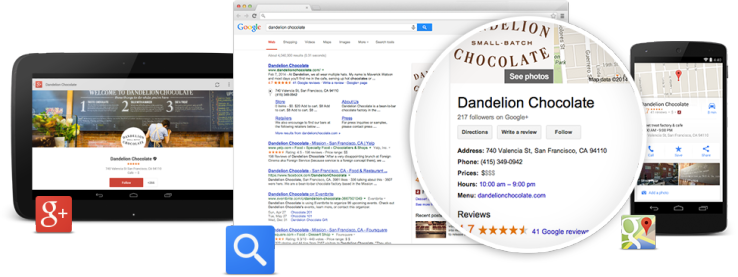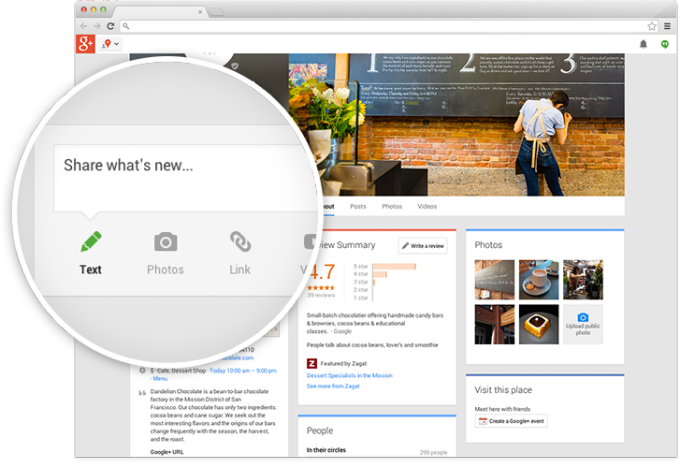Quick Tips to Increase you eCommerce Sales
Mobile commerce is all the rage right now. In 2013 alone, the overall e-commerce transactions topped $1 trillion. The first quarter of 2014 saw a 35% increase in global e-commerce transactions as compared to the same time last year. Yet in a lot of cases just because you have an e-commerce capably site doesn’t mean you are making all the sales you need your site to.
Here’s a few quick tips to help you increase your sales.
1. Be upfront about shipping and other processing costs
Nearly 50% of users abandon their transactions when they can’t immediately find shipping costs, delivery dates or other important product details. The biggest mistake that many sellers commit is leaving this important information for the final checkout page.
Adding this information earlier on in the checkout process can prevent the frustration some users feel when faced with high shipping or processing fees right before they press the purchase button.
2. Speed up your site
Page speed is a critical performance factor for any website. But maybe most important for when it comes to eCommerce sites. Many studies show that buyers are willing to wait for about 3 seconds on average before abandoning a site. This becomes a problem when you realize that almost 80% of those who leave your site, will never come back. There are many online programs that will help you test you site speed and give you tips on how to better optimize your site.
You can use Google’s Page Speed tool to analyze your page speed. Or get our full site audit.
3. Make it Mobile Friendly
Considering that mobile commerce is the fastest growing segment of eCommerce, ignoring mobile and smartphone users is just asking for trouble.
For this reason it’s critical that your shopping cart app, your sales landing page and the product pages are all responsive and/or mobile friendly. Responsive websites and apps adjust automatically to the dimensions of the device they’re viewed on. While mobile sites are dedicated just for mobile devices. There are pros and cons to either solution, the most important thing is to have a solution.
4. Make it Secure
Whether your company is big or small security is an issue. With the rise in online transactions, there has also been a steep rise in the different forms of online security threats to buyers. Many shoppers are reluctant to put their personal data out there given the number of recent data breaches.
Your shopping cart needs to be integrated with a payment service that is well known, like PayPal or Master Card, a system that will ensure the security of all its transactions. You also might want to try to minimize your own exposure by minimizing the amount of information required from your buyers at the time of purchase. This will not only aid in limiting you customers exposure it will increase the likelihood of a customer not getting frustrated and abandoning your form.
Conclusion
eCommerce is on a steep rise throughout the world. Now is the time for your to implement your solutions and fully benefit from it. You can do this by establishing a modern, user friendly, responsive and secure shopping process. Without a memorable user experience, you might become one of the many online sellers who lose buyers just because of a poor buying process.

 As most small business owners know by now, a website is a necessity for any small business. It puts your products and services at the fingertips of any and everyone around the world, it helps you extends your brand, and it gives your business a certain amount of gravitas.
As most small business owners know by now, a website is a necessity for any small business. It puts your products and services at the fingertips of any and everyone around the world, it helps you extends your brand, and it gives your business a certain amount of gravitas.





 1. Who is your audience?
1. Who is your audience?